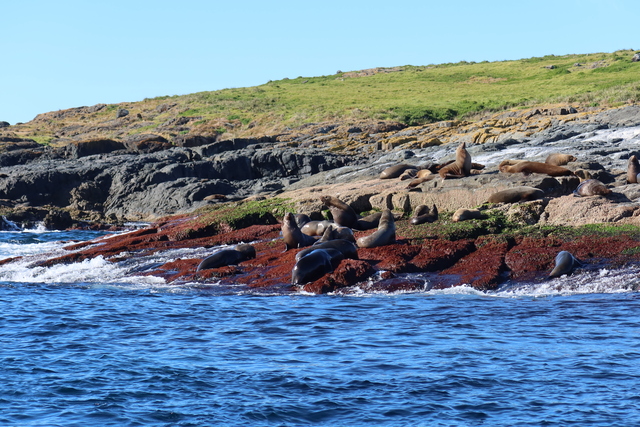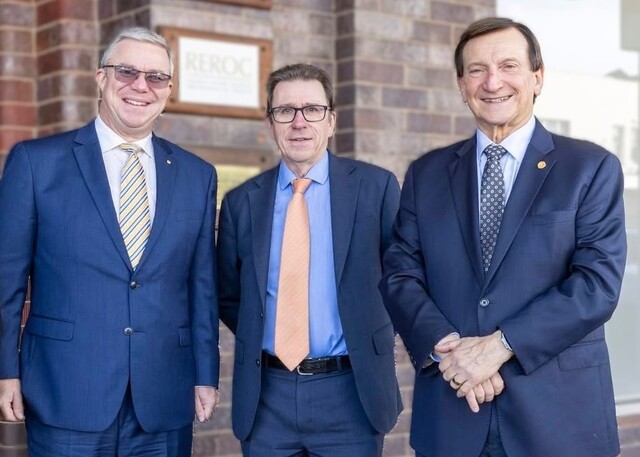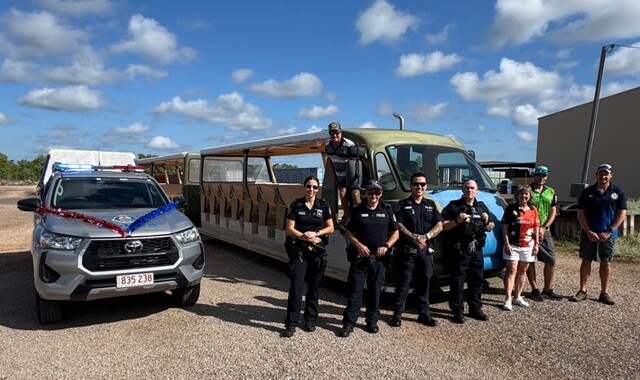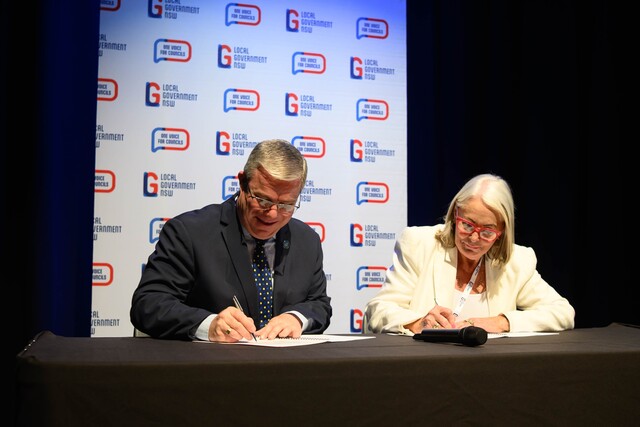Australia is facing a potential wildlife massacre that could be as deadly as the black summer bushfires and the country is currently under prepared despite a new government preparation package according to Invasive Species Council Advocacy Director Jack Gough.
“This deadly H5 strain of bird flu could be equivalent to the black summer bushfires in terms of the scale of deaths of our native animals,” he said.
His comments follow the Federal Government’s announcement of a $7 million preparation package.
“The announcement is an encouraging sign that the federal biosecurity agency is recognising the urgency and the current lack of preparedness for this deadly disease,” he said.
“But time is running out.
“The science tells us this virus is likely to arrive with the spring migration of shorebirds from the northern hemisphere in a few months’ time. When it does it could wipe out hundreds of thousands of native birds, tens of thousands of seals and other marine mammals and even lead to localised extinctions.”
Federal Minister for Agriculture, Fisheries and Forestry Murray Watt said Australia was now the last continent to remain free of the H5 strain.
“The strength of our national biosecurity system and Australia’s geographic isolation has kept us free from H5 HPAI, which is currently having a major impact across the globe,” Minister Watt said.
“But we cannot rest on our laurels.
“The arrival of migratory birds from areas where H5 HPAI is present – particularly as spring approaches – means we face a constant risk that is outside of our control.
“We can’t stop the natural migration patterns of wild birds that may be sick, but we can prepare ourselves if that does occur.
“That is why we are investing $6.9 million in enhanced capability to detect and respond to avian influenza in wildlife.”
He said the money included $2.2 million for the Wildlife Health Australia One Health Surveillance Initiative, $1.95 million to Animal Health Australia to support the national response capability for avian influenza in poultry, including investigating the potential of commercial avian influenza vaccines for use in Australia; $1.1 million to extend the National Avian Influenza Wild Bird Surveillance Program for a further four years; $800,000 invested in communication with stakeholders, industry and the general public to strengthen awareness and understanding of Australia’s biosecurity measures and preparedness; $580,000 to support early detection and response capability for H5 HPAI in wildlife; $200,000 invested in analysis to quantify the location, structure, biosecurity, routine husbandry practices, and movement patterns of Australia’s commercial poultry industries and $70,000 for work to better understand the link between the presence of H7 low pathogenicity avian influenza in Australian wild birds and the outbreaks of H7 HPAI in Australian poultry.
Minister Watt said the Department of Agriculture, Fisheries and Forestry continued to undertake a national coordination and leadership role for H5 HPAI preparedness.
However while Gough welcomed the announcement as a starting point, the group believes more needs to be done.
“We understand that today’s announcement is not new money, but is a reprioritisation of some existing departmental resources to focus on this urgent threat,” he said.
“As a first step this is very welcome but clearly more funding and focus is needed in the months ahead to reflect the seriousness of the threat.
“We are particularly concerned at the lack of engagement from environment agencies around the country and are calling on Minister Plibersek to step up and make this issue a priority, given the scale of the threat to Australia’s wildlife.
“It was a huge disappointment that this issue wasn’t even on the agenda of the recent meeting of all state and territory environment Ministers.’
Invasive Species Council Principal Policy Analyst Dr Carol Booth said the virus had already proven deadly in other parts of the world.
“Since arriving in South America in late 2022, bird flu has killed more than 30,000 South American sea lions, 17,000 southern elephant seal pups and unknown numbers of porpoises, dolphins and otters, as well as at least 650,000 native birds,” she said.
“The mortality rate of elephant seal pups in Argentina’s Península Valdés reached 95 per cent in 2023 compared to only one per cent in 2022.
“If high pathogenicity bird flu turns up in Australia, the government-commissioned risk assessment predicts ‘catastrophic’ impacts on our native birds.
“Although much work has been done by Wildlife Health Australia to prepare resources for decision-makers and wildlife managers, with mitigation toolboxes outlining response options, an effective response needs much more.
“This should include urgently developing template local preparedness and response plans and dedicated coordinators in each state and territory.
“We also need a national taskforce to drive implementation and collaboration between governments and with key non-government response partners.
“Implementation has been patchy on the critical recommendation by Wildlife Health Australia to develop site-specific and population-specific risk mitigation plans
“The public should report any unusual bird deaths immediately by calling the Emergency Animal Disease Hotline on 1800 675 888.”
The key elements of preparedness that the Invasive Species Council are keen to see progress on are:
• Urgently develop and disseminate template local/species preparedness and response plans which can be adapted for local circumstances (e.g. urban, remote and island sites, wetland/seabird colonies, marine mammal colonies). Funding may need to be provided for implementation of this at a local level.
• Development of national plans for monitoring, communications, threatened species and other issues for which it makes sense to take a national approach.
• Ensure H5N1 preparedness and response is a priority issue on the agenda for environment ministers and agriculture ministers to discuss ahead of the spring migration.
• Set agreed national milestones to meet in time for the spring migration, with national tracking and reporting on preparedness.
• Each state/territory government to appoint a dedicated bird flu coordinator for wildlife responses and allocate a preparedness budget. Where there is need, the federal government should provide funding to ensure this occurs.
• Establish a broader national taskforce with non-governmental input and greater participation of environment agencies.
• Scale up public communication, including working with non government partners to achieve this effectively.
• Undertake simulation exercises for the most difficult response scenarios.
• Address the difficult questions about effective responses such as carcass removal, measures to protect critically threatened species and when to prevent disturbance.
What to look out for
• The public should report any unusual bird deaths immediately by calling the Emergency Animal Disease Hotline on 1800 675 888.
• Wildlife Health Australia have produced detailed advice for people who encounter sick or dead wild birds.
Look for:
• Small groups or clusters (5 or more) of sick or dead wild birds of any species.
• Individual or less than 5 sick or dead wild seabirds, waterbirds, shorebirds or birds of prey (e.g. eagles, hawks)
Infected live birds may show a wide range of signs if they are sick, including:
• Lack of coordination, tremors, swimming in circles
• Twisted necks or other unusual posture
• inability to stand or fly
• Diarrhoea
• Difficulty breathing, coughing or sneezing
• Swelling around the head, neck and eyes
• Cloudiness or change in colour of the eyes.








